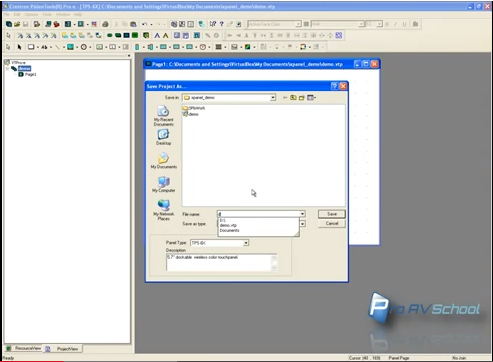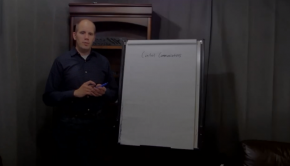If you sit back and define a mission statement for the Pro AV Industry, you will come across what I feel is the key objective that ultimately drives everything we do on a daily basis. The main goal of this industry is to provide technology that enables people to have more effective communication. No matter what type of customer or budget, we provide solutions that help them present their content in a more meaningful way.
Of course we don’t think that anybody would disagree with the above statement, but do feel that there is one thing that can often miss this objective while not even realizing it. Our main purpose of even offering a control system is to provide a solution to make complicated systems easier for people to use.
Often times, a lot of people get so focused on what they are trying to make a control system do that they miss the big picture – User Experience. What follows is our take on how we can create more intelligent interface designs for our touch panel systems that will allow for ease of operation and relevant control of even the most complicated systems.
What Are You Trying to Accomplish?
Before you even open up your computer to write code/logic, you need to have a good idea of what the end user needs the system to do. We’ve seen a lot of cases where the touch panel ends up being a bunch of pages that control every function of a system. While this does have its place, usually the advanced control should be hidden from normal day to day users unless it is relevant to what they need.
Try to get end user feedback
Often times we think we know what people want out of a system. Having programmed hundreds of systems we assume that users like some of the features we think are cool, so we add them in the next program. Until you get some real world user feedback, you can’t be arrogant and assume that your results are spectacular. If you are able to get some end user feedback, the few adjustments you can make to address some concerns can benefit not only the current customer, but others in the future as well.
Screen Size
Sometimes in the interest of making the system easier to use, you might actually have to omit some features, or provide another way to access them. For example, a 6″ panel with an emulated videoconference remote isn’t all that usable in the real world. In a case like that, having the ability to dial from an address book and camera control may be all that comfortably fits on the screen. You could have the rest of the control on other pages, or have the users use the actual videoconference remote for detailed control of features. If you fill a screen with buttons, it is simply going to create confusion, and users will be scared to touch anything.
Common Theme
Microsoft Windows is a good example of this in action. Each program opens up and has the same look and feel to it in terms of the file menu, how to close the window, etc. Your touch panel design should follow similar design philosophy – if there are popup pages, the method to close them should be the same. The color scheme should be uniform throughout the different pages. It is also a good idea to have a navigation bar on the side or bottom to quickly change modes without having to jump between multiple pages.
Debug for Worst Case
When testing out a finished program, as the programmer you know what buttons people should press and in what sequence. But consider users who might press any button. If there is a way to screw things up, end users will inadvertently find it. Take the time to handle odd combinations of button presses, and this will provide the user with a much more stable system.
If you know what the end user expects of the system, you can tailor the programming to provide an simple way to control things. Your interface should be the training for the system – everything a user needs to do should be intuitive and natural.
There are a lot of other resources out there for interface design, and a lot of the same principles apply to regular desktop software application development. If you have anything to add, please let us know in the comments below.



